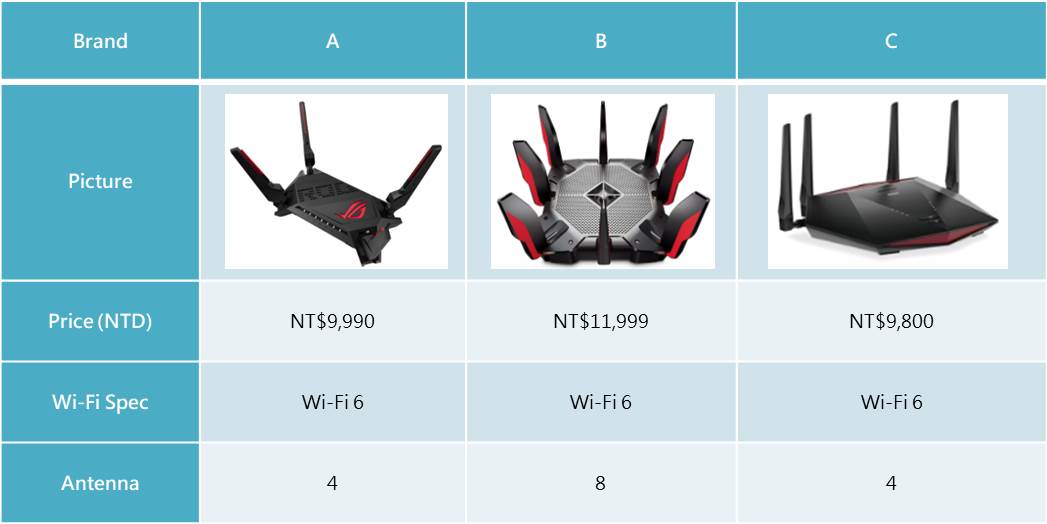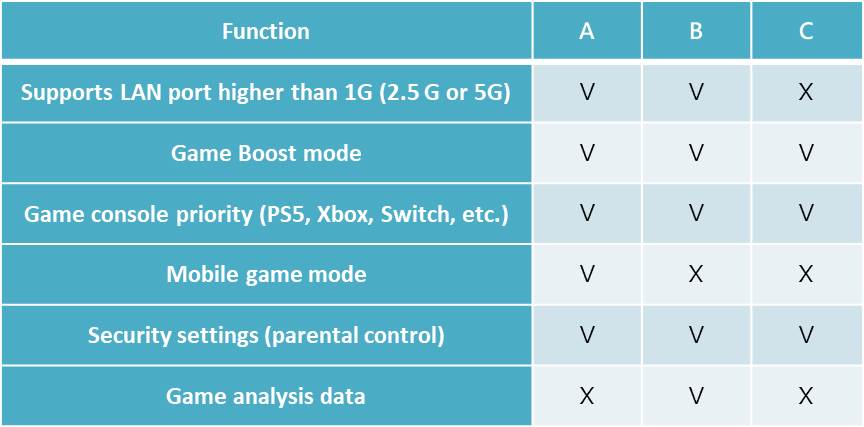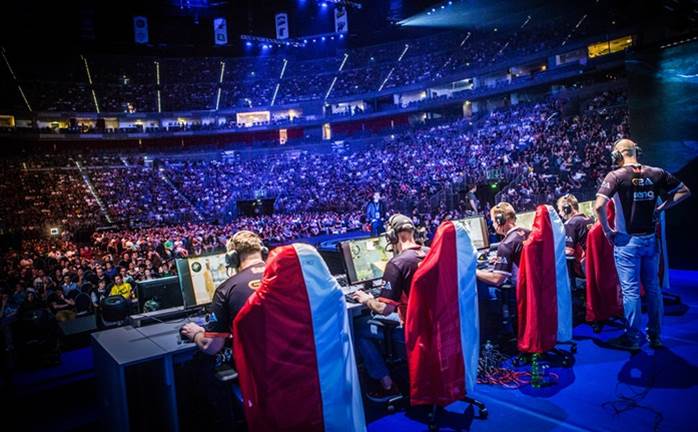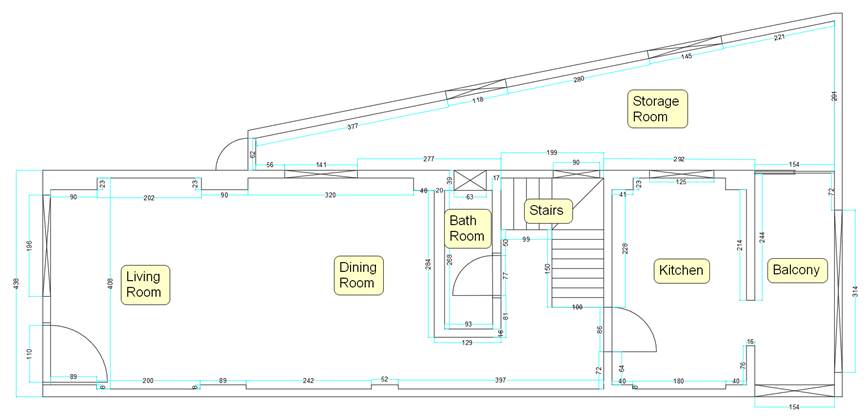Introduction to Gaming Routers
A gaming router is a network device designed for online gaming, prioritizing gaming traffic over other types of Internet activity by reducing latency and providing gamers with a stable and reliable connection. These routers are developed for gamers who usually need more advanced features for online gaming, allowing them to configure the bandwidth for various games and ensure a better gaming experience with reduced latency. Each gaming router brand could have different traffic management algorithms that prioritize game packets which gives game networks a higher priority than other types of networks.
Gaming routers often have advanced antenna technology such as beamforming or multiple external antennas to enhance Wi-Fi coverage and signal strength. They usually support the latest wireless standards such as Wi-Fi 6/6E (802.11ax) for faster speeds and better overall performance.
Other features of gaming routers include a dedicated LAN port that provides a direct, low-latency connection to a gaming console or PC. They also have gaming software interfaces that provide user-friendly controls to manage their network settings. Overall, gaming routers enhance the gaming experience by reducing latency, improving network stability, and providing an optimized network environment specifically for gaming.
As the e-sports industry grows, the market for gaming routers is also increasing. The general price for a gaming router is around 10,000 NTD, which is much more expensive than ordinary routers (3000-5000 NTD). Most brands only have one or two gaming routers available for purchase on the market.
We’ve selected three models to compare their performances. Here is a basic introduction to these three gaming routers.

We’ll conduct a series of comparisons and analyses of these gaming routers based on the following criteria.
- Comparisons of gaming functions
- Signal strength and coverage
- Wireless network upload and download speeds
- Gaming experience
First, let’s look at gaming functions.
Other than normal functions that normal routers have, gaming routers have more advanced functions designed for gaming purposes that can be customized. The table below will only compare gaming functions.

Note: V means it supports this function and X means it doesn’t
From the table above, it can be seen that most functions are supported, and each also has its unique functionalities such as mobile game mode or game analysis data. From the perspective of professional gamers, the more support for customizable functions, the better. However, some people believe that too many settings can confuse the average gamer.

Next, we’ll look at signal strength and coverage inside Allion’s smart home. We placed each gaming router in the living room, measured the signal strength at each location, and drew a signal coverage diagram of the entire environment.

Figure: Allion’s Smart Home Layout (1F)
First, let’s look at the signal strength and coverage of the 2.4 GHz signal. The test results are as follows.

Judging from the 2.4 GHz coverage, the signal strength of each gaming router can cover the entire place without issues. The weak signal areas are around -60 dBm. Overall, Brand A has better signal strength than the others.
Next, let’s look at the 5 GHz signal. The results are as follows.

The situation looks very similar to that of the 2.4 GHz signal, however, there is a more notable difference between the three gaming routers. Brand A’s 5 GHz coverage in the entire house is above -60dBm, which is considered to be excellent. Brand B has weak signals in the middle (light blue) area on the right side but has strong signals in other areas. Brand C signal drops to -70 dBm in the right half. If the user is in the kitchen or storage room, the Wi-Fi speeds will be slower than in other areas. The coverage rate of Brand A is the best compared to others.
Most people who buy gaming routers want to improve their gaming experience, hoping that their game is not affected by poor network signals, slow speeds, or high latency. In the next article, we’ll analyze and compare the transmission speeds, network latency, and gaming experience of gaming routers. Stay tuned!
If you have any requirements or questions, please contact us.






































